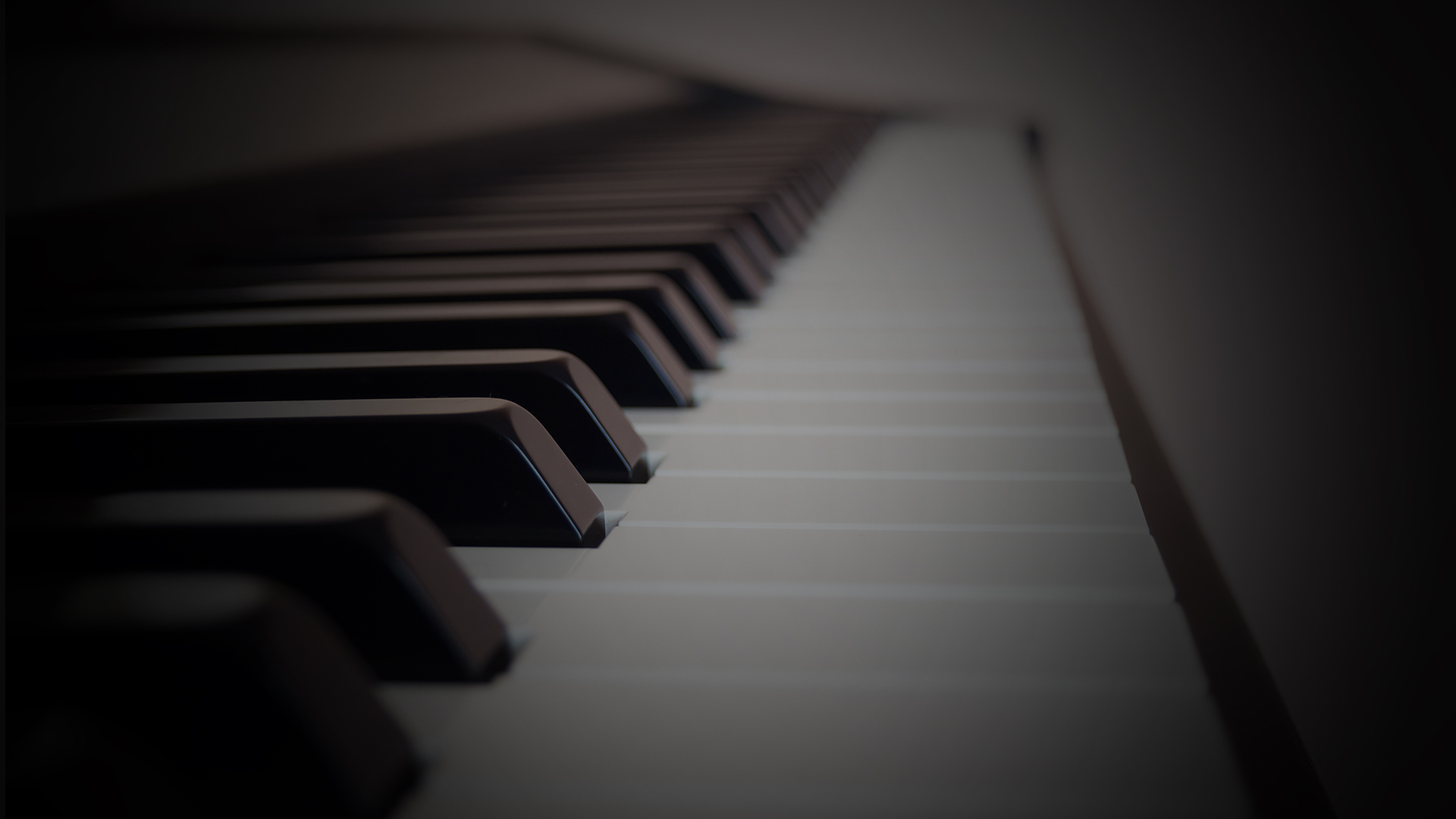Play Beautiful Piano With Only 2 Chords
Learning Focus
Music Style
Free Lessons
Get free weekly lessons, practice tips, and downloadable resources to your inbox!
Are you captivated by the beauty of solo inspirational piano music? In today’s lesson, we’ll show you how you can start making beautiful piano music with only 2 chords. If you have always wanted to play beautiful piano music made popular by artists like Jim Brickman, Yiruma, David Lanz and Jon Schmidt of The Piano Guys, this lesson is especially for you. You’ll learn:
-
- 2 chords
- 1 Setup
- 1 Accompaniment Pattern
- 3 Improv Palettes
You might not believe this, but getting started is really the hardest part about improvising in this style! It’s true—anyone can learn to release a sonic world of beauty with the simple techniques in today’s lesson. What are you waiting for?
Beauty With Only Two Chords
Today’s lesson follows a simple progression in C Major that gently drifts from the 4 chord to the 1 chord in first inversion. However, instead of using a regular F Major triad (F-A-C), we are going to play an F(sus2) chord which gives the chord a slightly different coloration that is common in inspirational piano music. The sus2 suffix (short for “suspended”) indicates that the 3rd of the chord (A) is being replaced by the 2nd of the chord (G). A close relative to this chord would be an F(add2) in which the 2nd is added with the 3rd rather than a replacement for the 3rd. However, some players use these suffixes interchangeably. Try playing these two chords.

Great job! The next step is to spread these notes further apart to create a fuller sound. The diagram below demonstrates how to play these chords using a more open voicing.
Great job! Did you notice only one note moves as you change between these chords? In the following steps, we’ll apply two different rhythm patterns over this chord progression to help you play beautiful piano improvisations.
Step 1: The Setup
Generally speaking, you will want to start your piano improvisation with an introduction that sets up the mood. You can try various types of arpeggios using the chord voicings shown above. The example below uses a syncopated rhythm that creates an effect of weightlessness when played with the sustain pedal. (Be sure to clear the pedal as the chord changes…for more info on pedaling, check out our Piano Pedal Essentials course.)
It’s that beautiful? The next step is to play this setup along with one of the three backing tracks provided with this lesson. The backing tracks and lessons sheet are downloadable from the bottom of this page after signing in with your membership. You can also transpose this lesson with a single click using our Smart Sheet Music.
Now that you have your setup down, let’s create a simple left hand texture that you can solo over.
Step 2: The Accompaniment
In order to improvise freely with your right hand, you’ll want establish a left hand accompaniment pattern that is relatively effortless to play. Try playing the accompaniment pattern below with your left hand.
Nice job! If you like the sound of this accompaniment pattern, you will enjoy our Pop & Contemporary Piano: The One Chord Wonder course which features additional accompaniment patterns perfectly suited for pop and contemporary worship.
Next, you are ready to play a beautiful improvised piano solo!
Step 3: Improv Palette
In this section, we’ll brake down three different improv palettes that you can choose from to solo over this progression based on your current level of experience. Restricting your note choices to a small set is one of the best ways to start improvising successfully.
Beginner Improv Palette
The first palette for beginners uses only three notes, but these notes sound so sweet! You can actually make a lot of beautiful music with just these three notes. To get started, select the lower position shown below and explore starting and ending phrases from each note option. Try to exhaust all possibilities, but be sure to also leave some space. Next, try the same experiment using the upper position.
Great job! You are ready to explore navigating between both hand positions within the same octave and also in several octaves!
Late Beginner Improv Palette
If you have a little more experience, try this improv pallet which adds the note D to the beginner pallet. Follow the same process described above.
One area in which students often short change themselves involves the inadequate exploration of repetition. They mistakenly assume that they must always follow one note with a different note, or one idea with a different idea. If you played a three-or-four note gesture that sounded great, why not play it again? You could play it exactly the same, or vary some element of the gesture. For example, you can simulate an echo effect by playing it softer or in another octave. Another option is to try beginning the gesture on a different beat. There are actually dozens of ways to repeat material with only slight variation. The use of repetition in this way creates interesting melodic lines that tend to have more continuity and control. For even more improvisation ideas, check out our full-length courses on Contemporary Progressions and Improv (Beg/Int, Int/Adv).
Intermediate Improv Palette
If you are more of an intermediate pianist, try this intermediate improv pallet which adds the note E to the late beginner palette. Just like the earlier improve pallets, the intermediate palette can be played from a lower position or an upper position.
As an intermediate player, you will also want to explore adding ornamentation to your improv lines. Ornamentation involves the use of melodic devices that create a decorative effect such as slides, turns, and rolls. Another intermediate improvisation technique is the use of harmonized lines using 3rds and 6ths. You can explore 3rds, 6ths and full range of intermediate solo piano techniques and effects in The Love Progression contemporary piano course.
Congratulations! You have taken the first steps to playing beautiful inspirational piano music using. Thanks for learning with us today. We’ll see you next time.
Blog written by Michael LaDisa / Quick Tip by Jonny May
More Free Lessons
Explore the methods and mindset needed to comp on piano in the swing style with this complete guide to jazz piano comping for all levels.
Discover how to play a pop accompaniment groove with a specific view toward an intentional bass line...examples for all playing levels.
Level up your jazz harmony in this dedicated lesson on the backdoor 2-5-1 progression exploring aural recognition, chord voicings and improvisation.
Looking for downloads?
Subscribe to a membership plan for full access to this Quick Tip's sheet music and backing tracks!
Join Us
Get instant access to this Quick Tip and other member features with a PWJ membership!
Guided Learning Tracks
View guided learning tracks for all music styles and skill levels
Progress Tracking
Complete lessons and courses as you track your learning progress
Downloadable Resources
Download Sheet Music and Backing Tracks
Community Forums
Engage with other PWJ members in our member-only community forums
Become a better piano player today. Try us out completely free for 14 days!













